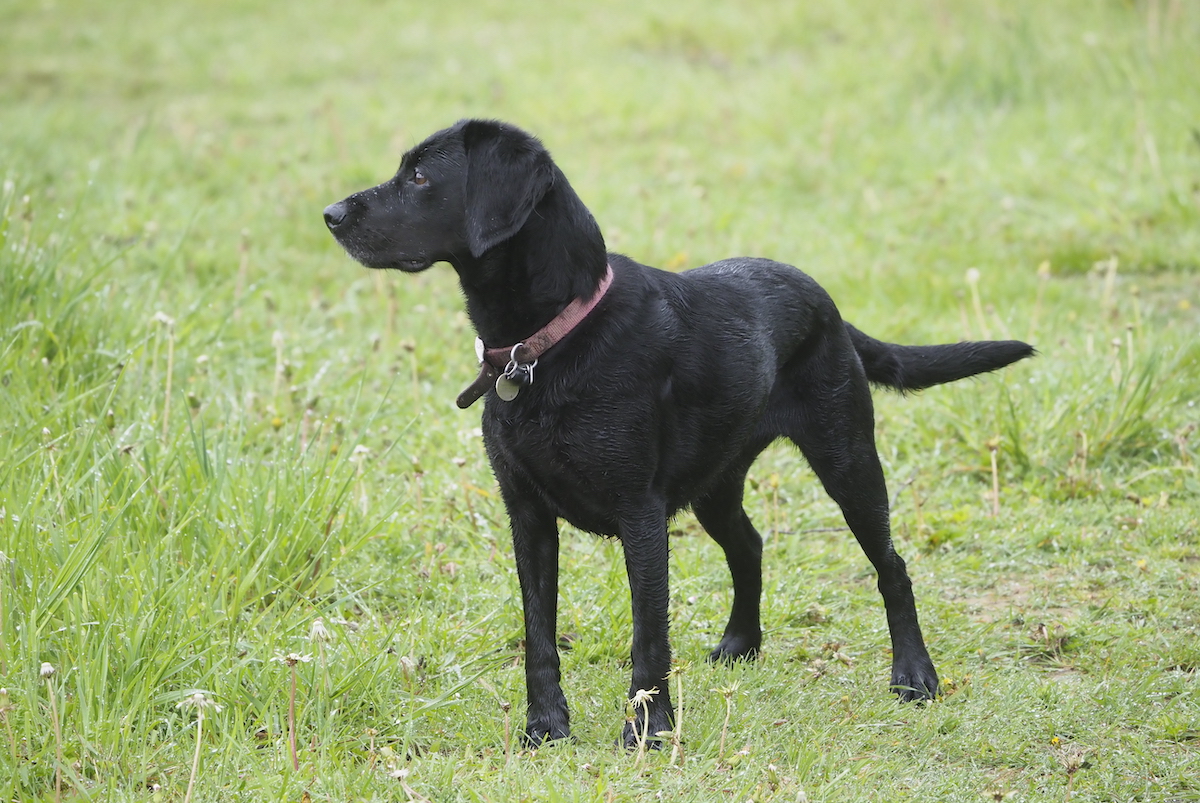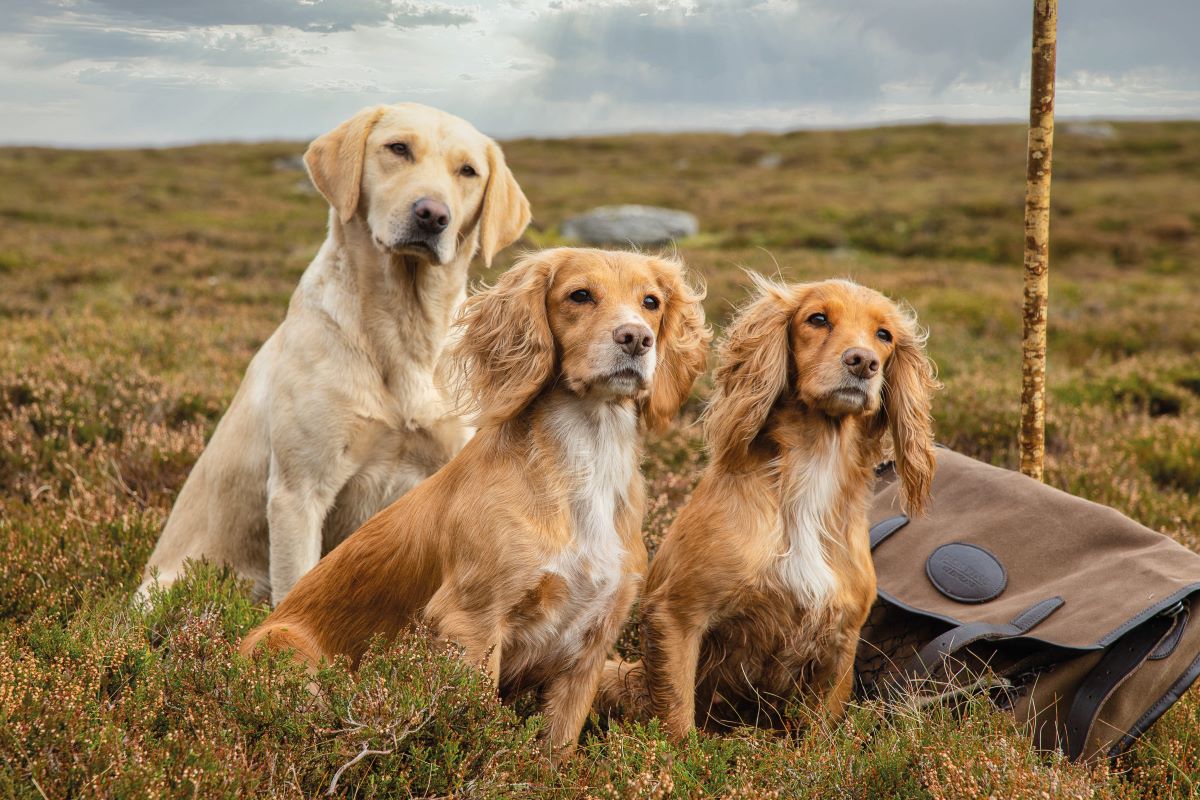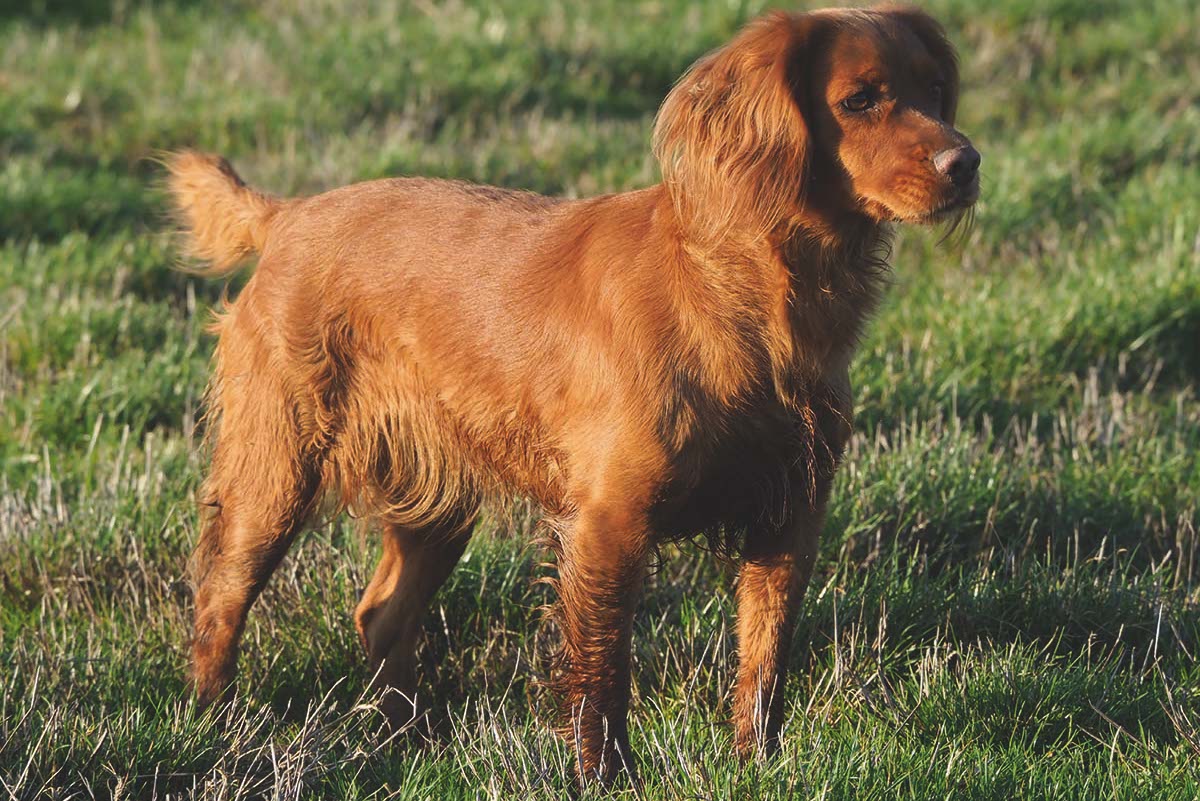Why do labrador genes dominate?
As the popularity of cross-breeds continues to grow, David Tomlinson asks why the humble labrador seems to dominate in the gene stakes

A cockador: looks much more like a labrador than a cocker spaniel
Here’s a question I can’t answer: why, when a labrador is crossed with almost any other breed, do the resulting puppies invariably show the greatest similarity to their labrador parent in both looks and temperament? Over the years I’ve met lots of labrador cross-breeds, some the result of accidental matings, others deliberate, but almost always the cross-breed dog looks much more like a labrador than anything else. (Read more on labradors here.) What is it about labrador genes?
Take springadors for example, the classic cross between Britain’s two most popular gundog breeds. Assuming that the cross is between a black labrador and a springer, the chances are high that the offspring will be solid black, though often with a splash of white on the chest. The texture of the coat is most likely to resemble a labrador, even the shape of the head will be more like a labrador, though the ears will probably be slightly longer.
It’s the same (at least in my experience) with cocker/labrador crosses. A friend has a cockador that looks like a small, short-legged labrador. It’s a delightful little dog, and my pal considers it the best dog he has ever owned, having had pure labradors before. It has all the hunting enthusiasm of a cocker but with something of the biddability that makes labradors such a popular breed. Unlike spingadors and sprockers, cockadors are quite rare, but I reckon it is a cross with real potential, especially for the shooting man who wants a smaller dog than a full-sized lab.

Most poodle crosses have curly coats
Labrador genes
One of the more unusual crosses I have come across is a labrador/Hungarian wirehaired vizsla, the result of an unplanned mating of dogs belonging to a gamekeeper friend. This dog has a black coat with hardly a hint of his vizsla parentage, though his athletic build suggests his mixed background. Perhaps most important of all, he has proved to be an excellent worker. However, most people would take a look at him and assume that he is a labrador, though not perhaps one that would qualify for Crufts.
According to the charity Guide Dogs, “historically the golden retriever crossed with the labrador has produced the most successful guide dog of all, combining many of the great traits of both breeds”. It is interesting that such a cross has proved to be such a success, especially compared with pure-breds. Perhaps surprisingly, I’ve come across relatively few in the shooting field, though the potential for these crosses to be outstanding gundogs must be high.
Leila, a yellow labrador/golden retriever, is a frequent visitor to the Tomlinson household. With her relaxed temperament and good manners, she is a very easy dog to live with. But, true to form, she looks just like a pure labrador. It’s difficult to find much hint of her golden retriever ancestry, except perhaps her ears, which are rather more golden than you would expect to find in a lab. Her tail is also a little fuller than that of a labrador.
According to the Guide Dogs website, “we now have curly-coated retrievers and two standard poodles on the breeding programme. It is when these breeds are crossed with our own established breeds that we hope they will produce, first and foremost, successful guides, but may also provide a secondary benefit, e.g. shed less hair, which may be advantageous to clients with allergies to dog hair.” It will be interesting to see how well these crosses perform in one of the most challenging roles for any dog.
There is, however, one cross where the labrador domination isn’t so strong: the labradoodle. One of the reasons that this cross has proved so popular is that it seems to be an effective combination of the two breeds. Labradoodles usually (but not always) have curly coats, as do most crosses with poodles, such as cockerpoos and caverpoos. Crossing dogs is an unpredictable science, and I have met labradoodles with wiry rather than curly coats, which isn’t what most breeders want. A decade ago labradoodles were remarkably popular, but there seems to be less demand for them today.
Genetics
If anyone reading this can explain why labradors (and poodles) have such dominant genes, I’d love to hear from you. I’ve no doubt that it has something to do with genetics, but despite my research I haven’t come up with any credible answers.
My research into dominant labrador genes did reveal that many individual dogs tend to be quite domineering, but this is a behavioural thing and has nothing to do with passing their genes on to the next generation. I also found an old news story that reported that the breed of dog most likely to bite the postman is, you guessed it, the labrador. This, I am sure, is simply because there are far more pet labradors than any other breed, rather than because they are unusually aggressive. Thus the chances of the postman meeting a labrador on the garden path are (fortunately) much greater than coming across a Japanese akita or a dobermann.
If I were a postman, I’d think twice before approaching quite a number of breeds, but I don’t think I would worry too much about a labrador, usually the most placid of dogs. However, all breeds can be protective, and this clearly also includes the normally laid-back labrador.








